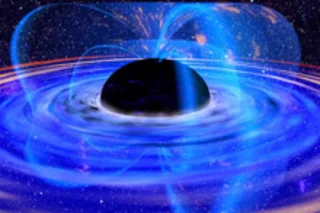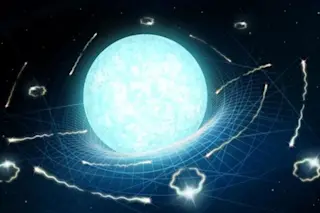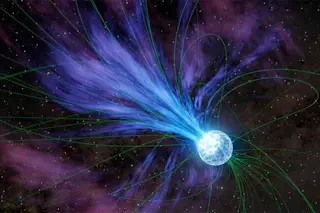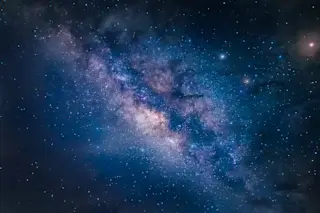It's one of Stephen Hawking's most famous hypotheses (though one often co-credited to other researchers): According to the rules of quantum mechanics, a black hole—from which nothing should be able to escape—actually can emit material in the form of Hawking radiation. In the thirty-plus years since the reknowned physicist made his prediction Hawking radiation has remained theoretical, but a research team now claims to have seen it right in the lab. First, a quick refresher on Hawking radiation:
Physicists have long realised that on the smallest scale, space is filled with a bubbling melee of particles leaping in and out of existence. These particles form as particle-antiparticle pairs and rapidly annihilate, returning their energy to the vacuum. Hawking's prediction came from thinking about what might happen to particle pairs that form at the edge of a black hole. He realised that if one of the pair were to cross the ...














